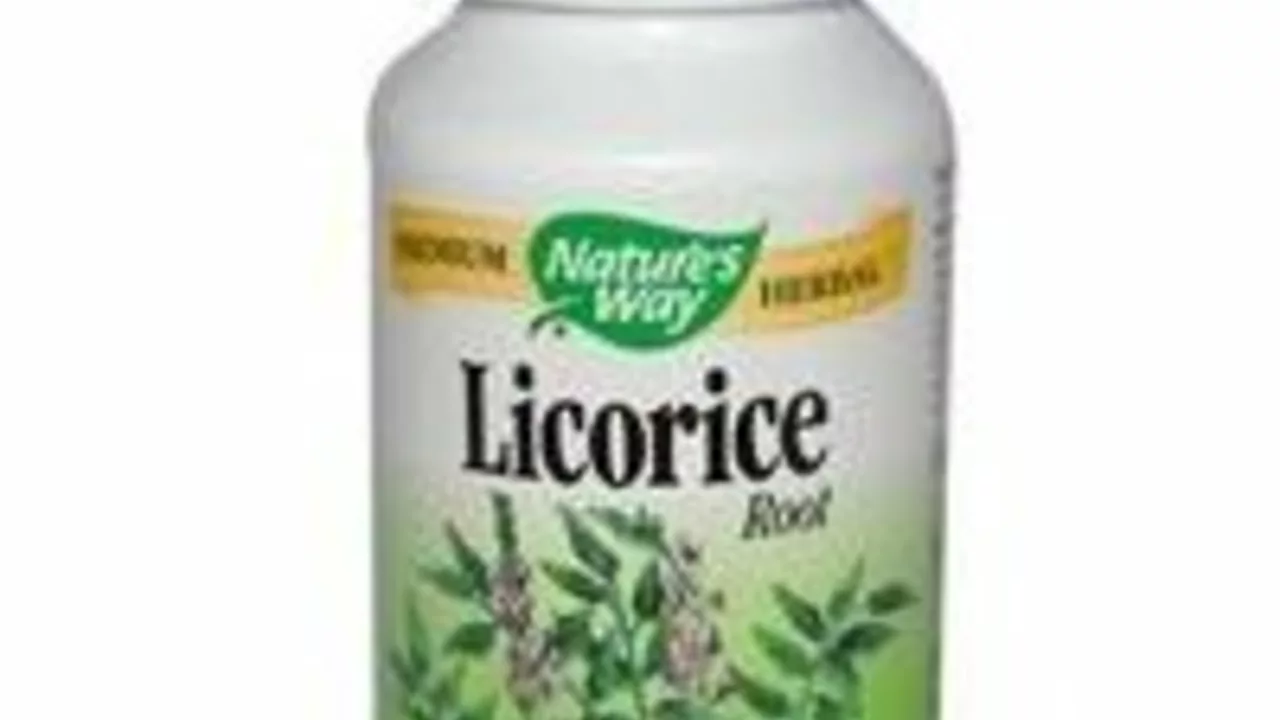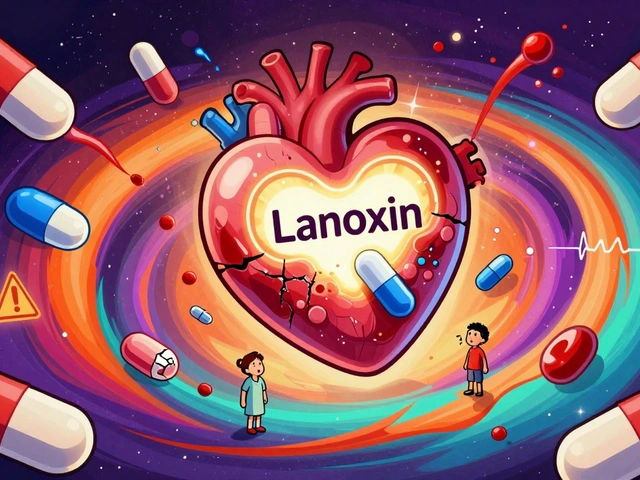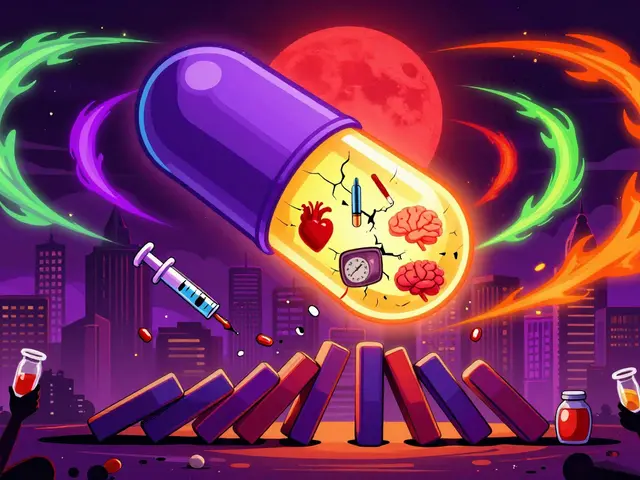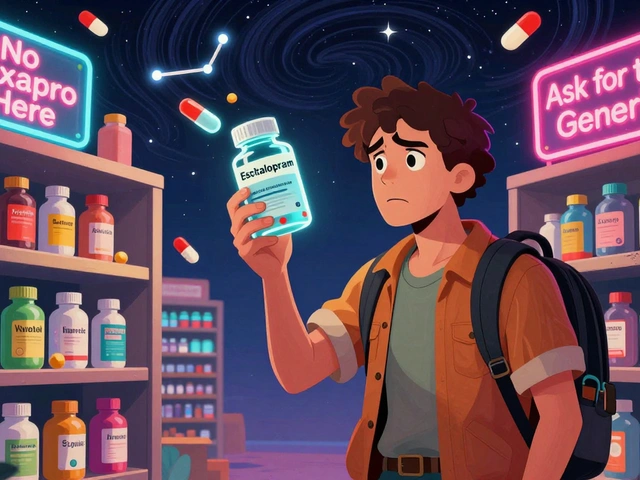Pink Root: What It Is, How to Spot It, and Safe Uses
Ever heard someone mention "pink root" and wondered if they meant a plant disease or an herbal remedy? They’re very different. One wrecks onion crops; the other is an old herbal used for parasites. I’ll help you tell them apart and give clear, practical steps for handling each situation.
Garden: pink root disease — spot it fast
Pink root disease affects onions, garlic, leeks and related crops. Caused by soil fungi, it turns roots pink, then red, brown, and finally makes plants weak and yellow. If seedlings look stunted or bulbs stay small, check the roots: a pink to purple tint is the key sign.
How to manage it: rotate crops away from alliums for at least three years, plant disease-resistant varieties, and avoid planting in poorly drained soil. Clean tools and remove infected plants — don’t compost them unless your compost gets hot enough to kill fungi. Raised beds with fresh, well-draining soil reduce risk. Fungicides rarely cure it once established, so prevention matters more than treatment.
Herbal pinkroot (Spigelia) — what people use it for and safety
Spigelia, called pinkroot or Indian pink, has a history as an anthelmintic — a medicine to expel intestinal worms. Traditionally people used root extracts for tapeworms and roundworms. Today you’ll rarely see it in mainstream practice, but some herbal sources still mention it.
If you’re considering it, be careful. Effective dosages are narrow and side effects can include nausea, dizziness, and nervous system problems at higher doses. Don’t mix pinkroot with prescription drugs that affect the nervous system, and avoid it during pregnancy. If you're on medications like antidepressants, benzodiazepines, or seizure meds, check with your doctor before trying any herbal anthelmintic.
Want a safer route? Modern anti-parasitic drugs (praziquantel, albendazole, ivermectin) are proven and prescribed by doctors. They have known dosing and monitoring. Use herbs only under advice from a qualified practitioner, and mention all current medications you take.
Which situation applies to you? If roots in your garden are pink, treat it as a soil disease: remove, rotate, and improve drainage. If you read about pinkroot as a medicine, treat it like any potent herb: research, consult a clinician, and prefer proven prescription treatments for serious infections.
Want more practical guides? Our site covers safe ways to buy meds, drug interactions, and plant-based remedies vs. modern drugs. If you have a garden problem or a health question around pink root, tell us which one and we’ll point you to the right articles and steps.
Why Pink Root is the Hottest New Dietary Supplement Trend You Need to Try
I recently discovered Pink Root, the hottest new dietary supplement trend everyone's talking about. It's gained popularity due to its incredible health benefits, such as boosting energy and supporting weight loss. Not only is it natural and plant-based, but it's also been scientifically proven to improve overall health. I've personally tried Pink Root and noticed a significant difference in my well-being. Trust me, you'll want to give this amazing supplement a try!





